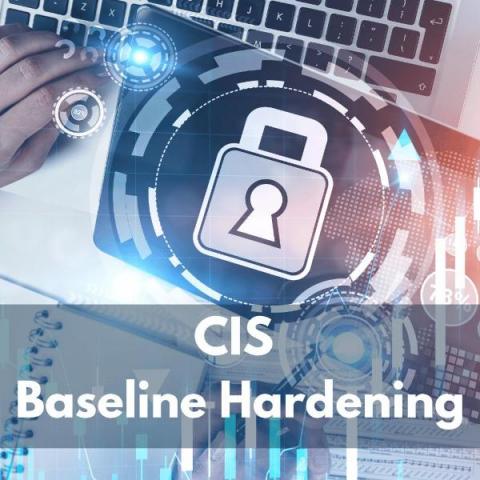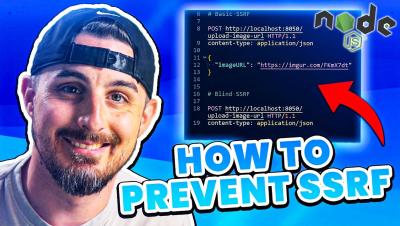SQL Server Orphaned Users - Detection and Remediation Steps
Orphaned users SQL Server arise when a database user is associated with a login in the master database that no longer exists and should be removed. This situation can happen when the login is removed or when the database is transferred to a different server lacking the corresponding login. The SQL Server logins existing on a server instance can be seen through the sys.server_principals catalog view and the sys.sql_logins compatibility view.








